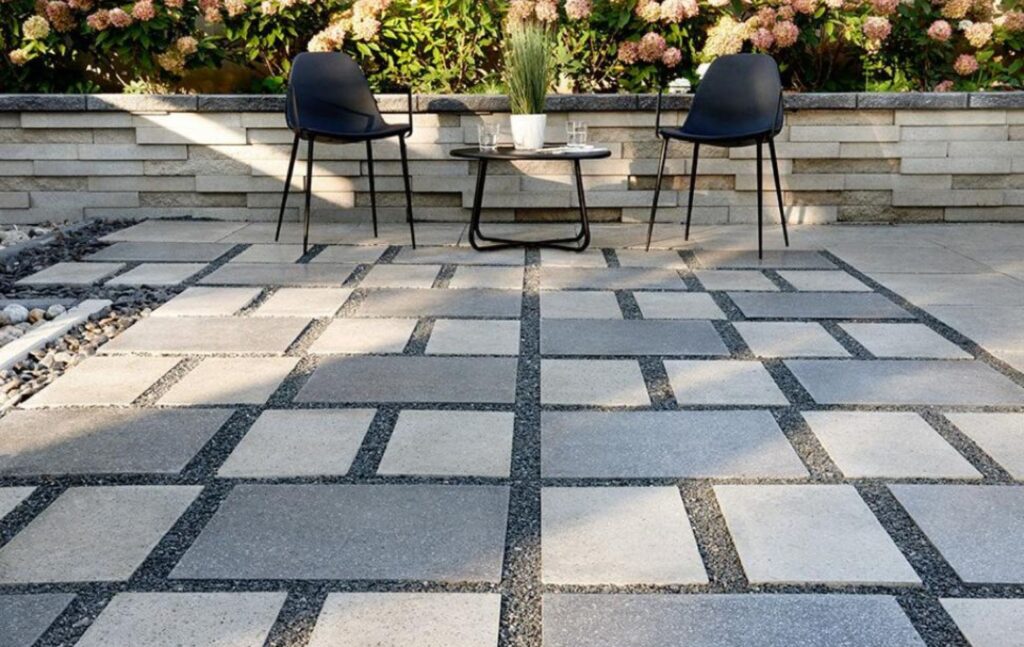Concrete pavers have gained popularity as a versatile and visually appealing option for various landscaping and hardscaping projects. While they offer numerous benefits, it’s important to acknowledge that concrete pavers also come with their own set of disadvantages that homeowners and designers should be aware of.
1. Weight Distribution and Load Bearing:
One significant disadvantage of concrete pavers is their weight distribution and load-bearing capacity. Unlike solid concrete or asphalt surfaces, concrete pavers can be more susceptible to sinking or becoming uneven under heavy loads.
2. Uneven Surface Over Time:
Concrete pavers are set on a bed of sand or gravel, and while this provides flexibility and allows for easy replacement of individual units, it can also lead to an uneven surface over time.
3. Weed Growth and Maintenance:
The joints between concrete pavers can become a breeding ground for weeds and unwanted vegetation. Without proper maintenance, weeds can grow through the gaps, compromising the visual appeal of the paved area. Regular weeding and re-sanding the joints are necessary to prevent this issue.
4. Maintenance Demands:
While concrete pavers are relatively low-maintenance compared to other materials, they still require attention to keep them looking their best. Regular sweeping, occasional pressure washing, and re-sanding the joints are essential tasks to maintain the appearance and functionality of the paved surface.
5. Color Fading and Variation:
Concrete pavers are prone to color fading over time due to exposure to sunlight and weather conditions. Additionally, there can be color variation between different batches of pavers due to the natural materials used in their manufacturing. This can lead to an inconsistent appearance if replacements are needed.
6. Installation Complexity:
Proper installation of concrete pavers is crucial to avoid potential issues down the line. Poor installation practices can result in uneven surfaces, drainage problems, and even the need for costly repairs.
7. Erosion and Shifting:
In areas with heavy rainfall or poor drainage, the joints between concrete pavers can erode over time, affecting the overall stability and levelness of the paved surface. This erosion can create an uneven walking or driving experience.
8. Limited Design Flexibility:
While concrete pavers offer a range of design options, they might still have limitations compared to other materials like natural stone. Complex or intricate designs can be challenging to achieve with pavers, which could impact your desired aesthetic.
9. Initial Cost:
Concrete pavers can be more expensive than basic concrete or asphalt options. While they offer visual appeal and design flexibility, the upfront cost might be a factor for some homeowners.
10. Potential for Discoloration:
Concrete pavers can be vulnerable to discoloration due to factors like oil spills, rust, and other stains. Keeping the surface clean and addressing spills promptly is essential to maintain their appearance.
For more information about concrete pavers, contact us at RH Renovation NYC. We will be glad to help you!



